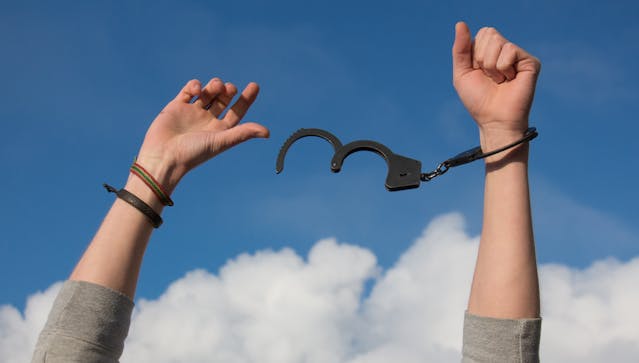Nano vs Micro Influencer: Key Similarities and Differences
Back in the day, only the biggest celebrities would land brand deals and star in TV commercials and print ads. But in today’s digital age, bigger isn’t always better for promoting brands. On the contrary, many businesses today borrow the influence not of huge celebs but smaller creators, like nano and micro-influencers. But which of these is more suitable for your campaigns? In this guide, we break down the difference between a nano vs micro-influencer.
Someone with a basic understanding of Instagram influencers might assume that nano-influencers and micro-influencers are the same thing. However, while these two kinds of influencers are smaller in scale than internet personalities with celebrity status, they’re still different. Keep reading this guide to see their key similarities and differences.

The 4 Different Types of Influencers, Depending on Their Audience Size
Everyone knows that there are big and small influencers on the internet. Larger influencers have millions of followers and are considered celebrities online and offline. Smaller influencers aren’t as famous but have a sizeable following up to the thousands.
However, the types of influencers go beyond just big or small. Content creators are categorized not just according to their fanbase size but also what they bring to the table for campaigns. Here are the four major influencer categories and how to define them:
- Mega-influencers: These creators typically have celebrity status and have over 500k followers on Instagram. These are your Kylie Jenners, Justin Biebers, and Taylor Swifts of the world. Their fanbase is wide and diverse—not a niche audience from just one community. Their content is usually professionally produced, making them extremely curated and high-quality.
- Macro-influencers: These influencers have anywhere between 100k to 500k followers. While they’re considered celebrities as well in their niche or local area, their reach isn’t as wide as mega-influencers. They’ll usually have a mix of high-quality, professional-looking content and authentic, personal posts. Many of these will be sponsored content as they typically work with many brands online.
- Micro-influencers: These creators have 10k to 100k followers. They usually operate within a specific niche, such as beauty, travel, food, fitness and more. The users who follow them are typically those interested in the niche they create content for. So, they’re awesome for campaigns looking to reach a target audience with specific demographics and psychographics.
- Nano-influencers: These influencers have less than 10k followers on social media. They’re usually part of active, niche communities and are known to be highly effective in engaging those groups. Their content quality is on the more authentic, raw, and candid side, but their levels of engagement are sky-high.
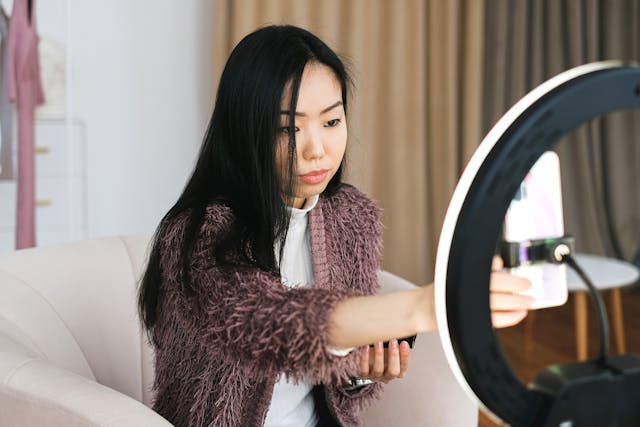
Are Larger Influencers Always More Effective Than Smaller Creators?
No, larger influencers are not necessarily always the best for every influencer campaign.
For many brands and businesses, choosing an ambassador is a no-brainer. Just go with the celebrity influencer with the most fans to get the highest reach, right? However, it’s never really that straightforward.
Larger influencers with a follower count in the six or seven-digit range may be amazing for reach-based campaigns. Brands looking to boost brand awareness and reach as many people as possible should consider working with celebs like these.
However, because these huge influencers have such large fanbases, their engagement rates typically aren’t as impressive. According to the Forbes Agency Council, celebrities can come with the baggage of potentially having tons of fake followers. This can plummet their levels of engagement. For engagement-focused campaigns meant to activate, converse with, or derive sales from a target audience, celebrity influencers won’t cut it.
That’s where smaller creators like nano and micro-creators come in. Although these influencers don’t have a massive reach like mega and macro-influencers, their engagement levels are absolutely stellar.
Smaller influencers are typically more active in the grassroots. They have personal connections with their followers and have the time to talk and interact with them. People perceive them as more genuine and authentic—something that larger influencers often struggle with.
So, while mega and macro-influencers dominate reach projects, nano, and micro-influencers are best for engagement campaigns. Because their fans trust them so much, smaller influencers do an excellent job driving interest and purchase intent. They’re also amazing at encouraging their followers to participate in online activities, from producing user-generated content to joining challenges!
Nano vs Micro-Influencer: What Sets Them Apart from Each Other?
Small-time content creators are incredibly effective brand ambassadors for influencer campaigns focused on engagement and conversions. If you’re running campaigns with these objectives in mind, micro and nano influencers are your keys to success.
But aside from the number of followers these types of small influencers have, what are their differences? The line that differentiates them can be blurry at times. But nano and micro digital creators are quite distinct if you really think about it. Here are just some of the factors that can help you distinguish one from the other.
1. Engagement Rates
Since nano and micro-influencers are both types of smaller creators, they’re known for their high engagement rates. Having a tighter-knit community means being able to spark conversations and gain traction for their content easily. That’s why these influencers form deeper, more meaningful personal connections than celebrities and mega-influencers.
That said, micro-influencers still have more followers than nano-creators. That means the latter will typically have higher engagement rates. According to Dash Hudson, the average engagement rate of a nano-influencer is 83.7% higher than that of micro-influencers.
Micro-creators are great for engaging an audience and equally reaching a significant audience. But if you want to prioritize active engagement and are willing to sacrifice reach, nano-creators are better for your project.

2. Content Creation Skill Level and Quality
If you look at the content of a micro vs nano influencer, you might notice that the micro-influencers are more high-quality. There are many reasons for this.
First, micro-creators may be the type to invest more in their content since they have a lot of followers. At this stage in their career, they’re likely using cameras, microphones, premium editing apps, and more to produce top-tier content.
Secondly, because they’ve been on the platform for so long, they’re more knowledgeable about creative best practices on Instagram. As a result, they might churn out awesome, visually captivating content.
But that doesn’t mean nano-influencers make low-quality content. It’s just that these creators operate within a smaller space. They might not yet have the funds for expensive production equipment, like professional cameras or editing tools. Some might also not be as experienced with content creation. So, their posts—albeit relevant and engaging to their audience—may be on the less polished and curated side.
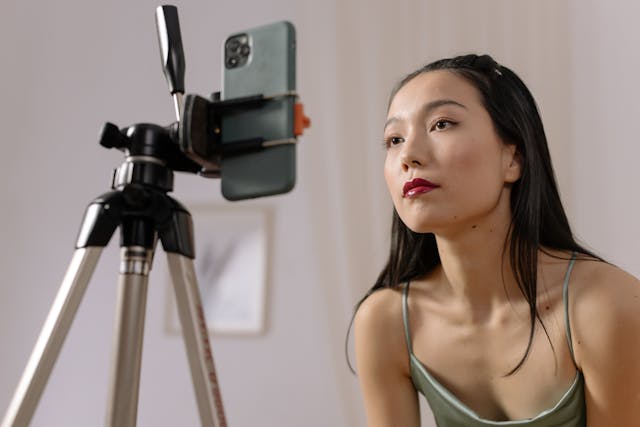
3. Niche Specificity
It’s common for smaller influencers to operate within a specific interest or key topic. Many micro-influencers, for example, thrive when making content for popular niches, from fashion to travel.
Nano-creators also operate within certain niches—that’s why they get so popular within their communities in the first place! However, these smaller-scale influencers tend to have very specific niches. Oftentimes, these are a subculture of popular niches.
For example, instead of simply being a beauty influencer, nano-creators might niche down on vegan beauty or special effects makeup. This attracts a smaller, tighter, more intimate audience that is more engaged in their ultra-specific content.
If you’re running a campaign to target an audience interested in a broad topic, micro-influencers are perfect. But if your goal is to reach a niche community with peculiar, highly specialized interests, nano-influencers will be your go-to.
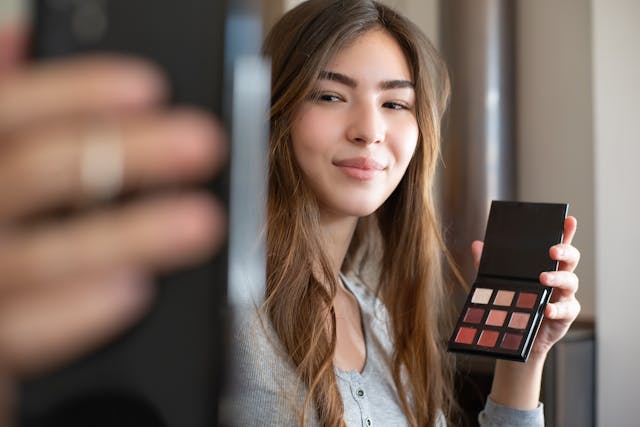
4. Experience With Brand Collaborations
Micro-influencers have fought their way to amass a significant fanbase with over 10k followers. They put in the legwork to grow that big and cement their place in their Instagram community.
More often than not, that means they’ve landed at least a few brand collaborations in the past. They’re likely quite experienced with paid partnerships and making sponsored posts for brands. They might be the type to have a media kit ready when brands reach out to them.
On the flip side, nano-influencers might be quite “young” in their career. They’re typically not as experienced when it comes to paid partnerships and collabs. So, brands working with them will need to hold their hand a bit in the negotiation and content creation process. That said, they’ll bring tons of enthusiasm to any project, especially if it’s their first gig!
If you’re more comfortable working with brand ambassadors with previous experience, micro-influencers are the way to go. But if you don’t mind teaching young, aspiring nano-influencers the ins and outs of collabs, work with them instead.

The Impact of Micro-Influencers and Nano Creators in Major Campaigns
Some brands like to tap a combination of small and big influencers for their campaigns. But when working in the same environment as larger influencers, what is the impact of micro-influencers and nano-creators? Do they even make a dent when they share the spotlight with celebrities?
Yes, small creators still have a huge impact on campaigns, even if bigger influencers are involved in the same projects. Here are some of the things these smaller influencers bring to the table in campaigns with this setup:
- The ability to reach and engage with niche, targeted communities, as mega and macro-influencers only reach wide and broad audiences.
- Cost-effectiveness to strike a balance in the project’s overall influencer management budget.
- Authenticity and trustworthiness when recommending products to their fans, thanks to their personal connection with them.
All these are integral to any engagement campaign, and it’s typically smaller influencers who can get the job done. So yes, nano and micro-influencers do indeed make an impact, even in campaigns featuring bigger celebs.
Are Nano-Influencers Worth It Even if Their Fanbase Is So Small?
With only a few thousand followers who see their content on Instagram, are nano-influencers worth it at all?
Yes, these influencers are very much worth working with, especially for engagement and conversion campaigns.
These creators are well-known, trusted, and respected in active local and niche communities. So, they have the highest engagement rates and the best personal connections with fans among all types of influencers. If you’re looking to reach and spark conversation and purchase interest in a specific target audience, nano-creators are the way.
Plus, nano-creators have immense growth potential. Nurturing a relationship with them early on in their career can win you their trust and loyalty. If they blow up and become mega-influencers one day, it may be easier to tap them for huge campaigns!
Start Your Career as a Micro or Nano-Influencer With Path Social
Because brands must engage and excite their target audience online, it’s the smaller content creators’ time to shine. They might not have as wide a reach as celebrity influencers, but these micro and nano-creators have stellar engagement rates. They’re perfect for targeting niche communities, engaging users in conversation, and cutting costs for influencer campaigns.
Now that you know the difference between a nano vs micro-influencer, you can start your journey as a small-scale creator. You’ll start as a nano-influencer. But with the right growth and engagement methods, you can rise to the ranks and become a micro-influencer. Soon, you’ll be a mega-influencer on your own, right?
Get tons of followers even just starting as a content creator with Path Social! We hunt down your target audience and push your content to their feeds with AI-driven promotional techniques. This leads to a boost in visibility, which means more followers in the long run. Grow your Instagram fanbase with us today!
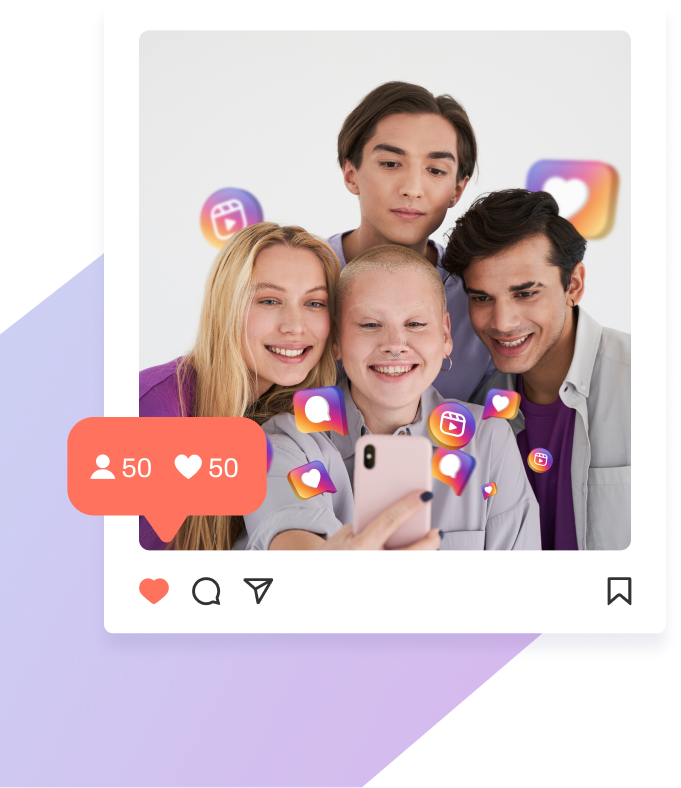
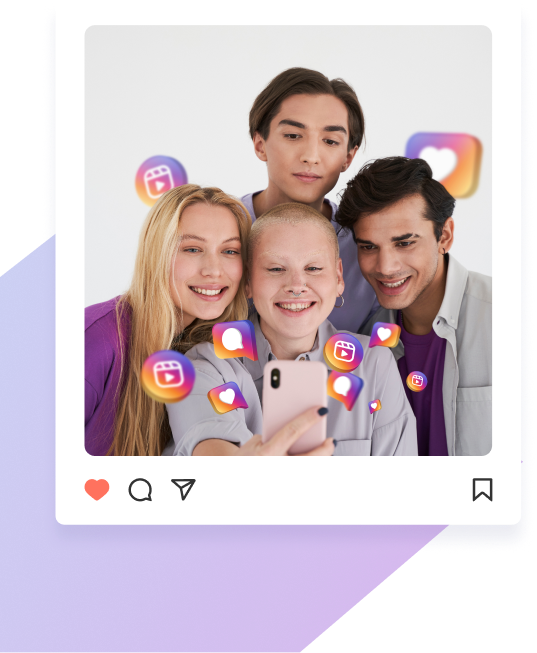
Want Free Instagram
Followers?
Let our AI targeted organic growth work for you for free
Get Free Instagram Followers




